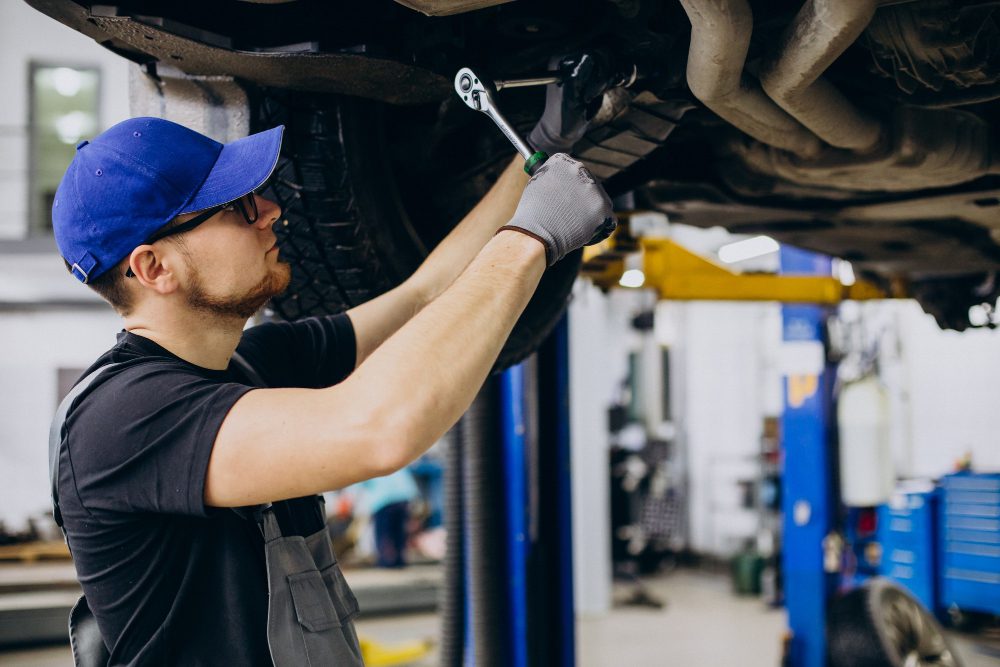What is the 6 level of hierarchy of control?
The 6 level hierarchy of control is a framework used in occupational health and safety to manage and minimize risks in the workplace. It provides a systematic approach to controlling hazards and ensuring the safety and well-being of workers. This hierarchy is designed to be applied in a sequence, with each level building upon the previous one.
Level 1: Elimination
The first level of the hierarchy is elimination, which involves completely removing the hazard from the workplace. This may include redesigning processes, substituting hazardous materials or equipment with safer alternatives, or finding ways to eliminate the need for the task altogether. By eliminating the hazard, the risk of harm is effectively eliminated as well.
Level 2: Substitution
If elimination is not feasible, the next level is substitution. This involves replacing the hazardous materials, equipment, or processes with less hazardous ones. Substitution aims to reduce the risk by using alternative methods or substances that are safer or less harmful. For example, using non-toxic chemicals instead of toxic ones or implementing automated processes to reduce manual handling.
Level 3: Engineering Controls
If elimination or substitution is not possible, engineering controls come into play. These controls involve modifying the physical environment or equipment to minimize the exposure to the hazard. Engineering controls may include installing barriers, ventilation systems, or safety guards on machinery. The aim is to reduce the risk by isolating workers from the hazard or changing the way it is encountered.
Level 4: Administrative Controls
When engineering controls are not sufficient, administrative controls are implemented. These controls focus on establishing policies, procedures, and training programs to manage the risk. This may include implementing rotation systems, work schedules, or training on safe work practices. Administrative controls aim to change the behavior of workers and reduce their exposure to hazards through proper planning and organization.
Level 5: Personal Protective Equipment (PPE)
If the previous levels are not effective in reducing the risk to an acceptable level, personal protective equipment (PPE) is used. PPE includes items such as helmets, gloves, safety glasses, or respirators, which are worn by workers to protect themselves from the hazard. PPE should complement other control measures and be used as a last resort when all other methods have been exhausted.
Level 6: Monitoring and Review
The final level of the hierarchy is monitoring and review. This involves continuously monitoring the effectiveness of the implemented controls and reviewing them periodically to ensure they remain adequate. Regular inspections, audits, and feedback from workers play a crucial role in identifying any new hazards or shortcomings in the existing control measures. Monitoring and review allow for adjustments and improvements to be made to maintain a safe working environment.
“The 6 level hierarchy of control provides a structured approach to managing workplace risks and ensuring the safety of workers.”
In summary, the 6 level hierarchy of control offers a step-by-step process for managing and controlling hazards in the workplace. By following this hierarchy, employers can effectively minimize risks and create safer working conditions for their employees. Elimination and substitution are the preferred methods, followed by engineering controls, administrative controls, and the use of personal protective equipment as a last resort. Regular monitoring and review are essential for maintaining the effectiveness of the controls over time.
What is the Hierarchy of Control 1 to 5?
1. Elimination
The first level in the hierarchy of control is elimination, which involves completely removing the hazard or risk from the workplace. This can be achieved by redesigning processes or substituting hazardous substances with safer alternatives. Eliminating the hazard is the most effective control measure, as it ensures that workers are not exposed to the risk.
2. Substitution
If elimination is not feasible, the next level is substitution. This involves replacing the hazardous substance or process with a less hazardous alternative. For example, using non-toxic chemicals instead of toxic ones or implementing automated processes to reduce human exposure to dangerous tasks. Substitution aims to minimize the risk by reducing the severity or likelihood of harm.
3. Engineering Controls
Engineering controls focus on modifying the work environment or equipment to effectively control the hazard. This can include installing ventilation systems, using physical barriers, or implementing noise control measures. By isolating workers from the hazard, engineering controls help reduce the risk associated with the task.
4. Administrative Controls
Administrative controls involve implementing policies, procedures, and training to manage the hazard. This can include developing safety protocols, enforcing safe work practices, and providing adequate training for employees. While administrative controls may not eliminate the hazard, they help minimize the risk by ensuring that workers are knowledgeable and informed about potential risks and how to mitigate them.
5. Personal Protective Equipment (PPE)
When all other control measures are not sufficient or feasible, personal protective equipment (PPE) is the last line of defense. PPE includes items such as helmets, gloves, goggles, and respiratory masks that are worn by workers to protect themselves from the identified hazards. However, it is important to note that PPE should be used in combination with other control measures rather than as the sole solution.
Remember, the hierarchy of control provides a structured approach to risk management, prioritizing measures that eliminate or minimize the hazard at its source. By following this hierarchy, employers can create safer work environments and protect the well-being of their employees.
Quote: “The hierarchy of control is a crucial framework for minimizing workplace risks and ensuring worker safety.” – Health and Safety Executive
Here’s an example of the hierarchy of control in table format:
| Level | Control Measure |
|---|---|
| 1 | Elimination |
| 2 | Substitution |
| 3 | Engineering Controls |
| 4 | Administrative Controls |
| 5 | Personal Protective Equipment (PPE) |
Overall, understanding and implementing the hierarchy of control is essential for promoting a culture of safety and reducing workplace accidents and illnesses.



